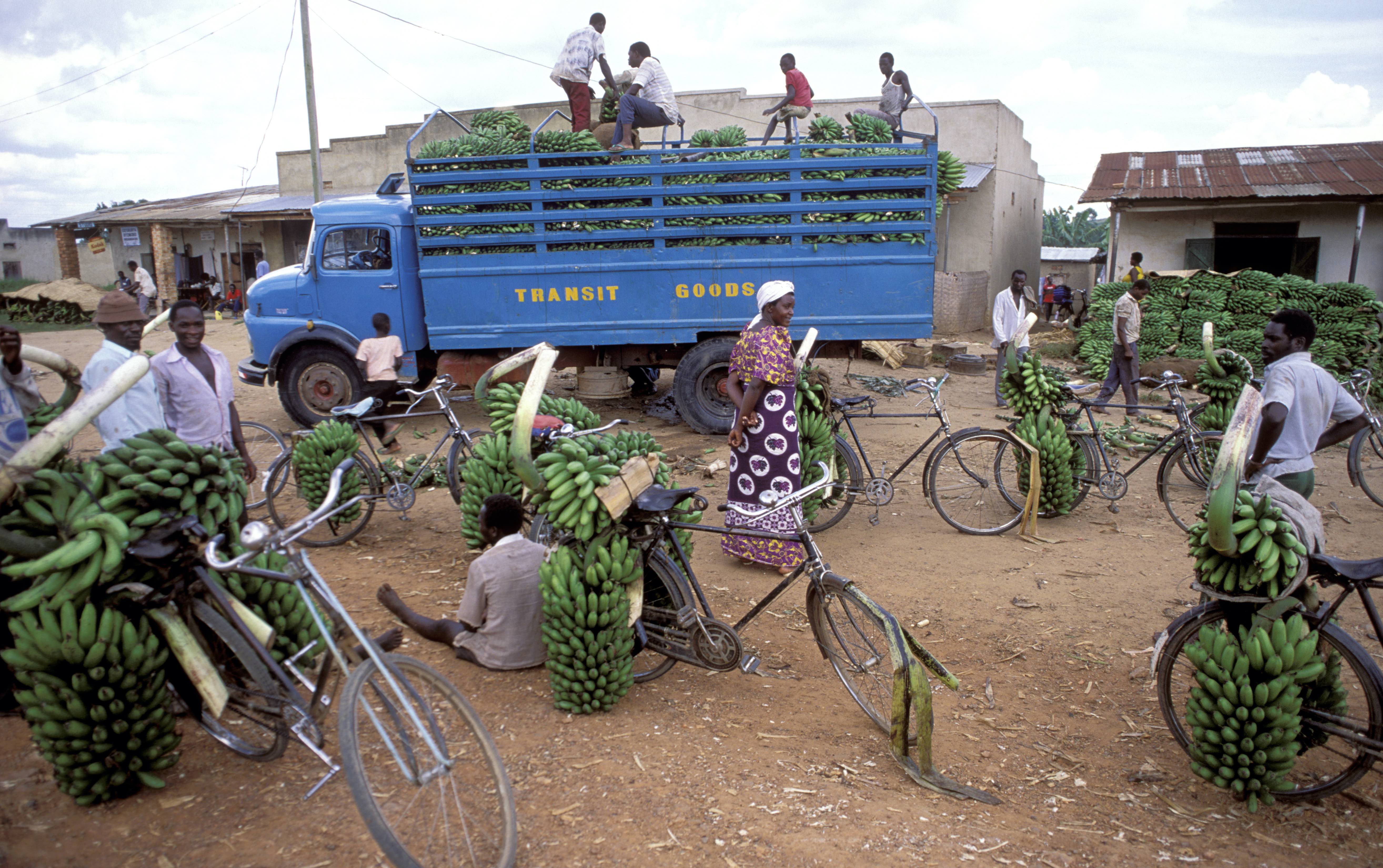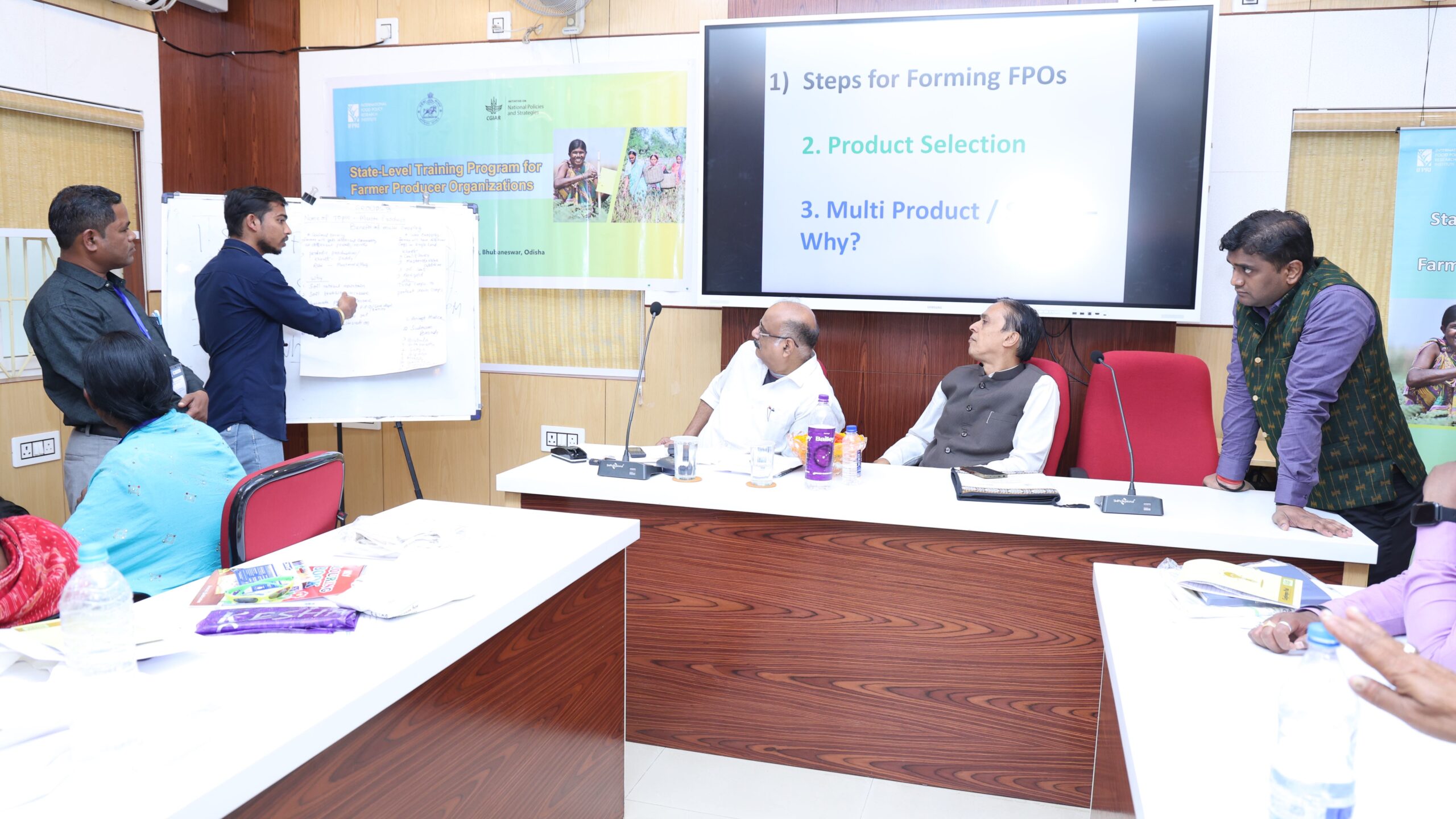With the COVID-19 pandemic disrupting livelihoods, and the new African Continental Free Trade Area (AfCFTA) now beginning to influence food flows, agricultural trade in Africa is in a state of flux, with both challenges and opportunities. While AfCFTA implementation has begun, some crucial negotiations remain to be completed, and the full scope of its impact is not yet clear.
The 2021 Africa Agriculture Trade Monitor (AATM), launched Sept. 10 at the Africa Green Revolution Forum (AGRF) Summit in Nairobi, Kenya (with virtual participation), examines how the AfCFTA can maximize its potential, and details COVID-19 recovery policies to support more resilient livelihoods for agricultural producers and formal and informal traders—as well as the knowledge and data systems to guide us there.
The AATM is an essential tool for government, industry, and international stakeholders guiding policies and investments to achieve Africa’s Comprehensive Africa Agriculture Development Programme (CAADP) and Malabo Declaration goals, including tripling the value of intra-African agricultural trade by 2025.
The annual report covers African trade with global markets, a special focus chapter (in 2021, highlighting COVID-19 impacts), competitiveness of a particular African sector (livestock products in 2021), and a rotating region of focus (Northern Africa’s Arab Maghreb Union in 2021), plus one chapter annually dedicated to aspects of intra-Africa trade. Expanding intra-African trade is a major goal for Africa, and 2021 holds great anticipation due implementation of AfCFTA, which began January 1 of this year.
While the AfCFTA points Africa in the right direction, the report notes, further coordination work is required for Africa to see the full benefits of the new free trade area. In particular, countries must harmonize the non-tariff trade measures that stifle intra-African agricultural trade flows and place burdens on producers and traders more costly than tariffs. These include inefficient customs procedures, uncoordinated food safety (sanitary and phytosanitary) regulations, and other technical barriers.
Harmonizing these measures should be a priority in ongoing AfCFTA negotiations; otherwise agricultural trade flows may remain highly localized (largely between the continent’s Regional Economic Communities) and Africa will struggle to realize its intracontinental trade potential. On the global market, Africa maintains an agricultural competitive advantage in only a handful of niche products, typically raw or minimally processed goods. However, intra-African trade of processed and value-added products has grown more rapidly than other agricultural goods; thus, improved intra-African trade coordination also offers an opportunity to build African regional supply chains and meet local demand.
On the whole, COVID-19 health impacts in Africa have been less severe than in most global regions, yet African countries still suffered dire economic consequences. Though impacts varied by region and sector, overall poverty rose due to the pandemic, with an estimated 250 million Africans facing food insecurity in 2020; over half the continent’s population cannot afford a “nutrient adequate” diet. The 2021 AATM offers insights into ways Africa can strengthen resilience when facing future shocks.
The report notes that countries in Africa and elsewhere around the world put the lessons of the 2008 food crisis into practice by limiting food export restrictions in 2020, despite some initial panic over global food supplies. This was crucial to maintaining stable prices and food access. Nonetheless, less diversified African economies heavily dependent on oil exports, tourism, remittances, or other sectors were hit hard by the pandemic and suffered severe economic hardships.
Over the long term, building more diverse economies can help cushion such blows. But the AATM also suggests some short-term solutions. For example, border closures hit African traders and producers hard. While countries understandably increased border sanitary measures, cross-border controls could have better incorporated the needs of traders: Border crossings could have made more suitable accommodations for both formal and informal traders transporting small quantities of goods. Small trader livelihoods are essential to many households across Africa. In addition, border curfews heavily restricted overnight transport, which is commonly practiced to prevent spoilage of perishable foods.
Finally, the 2021 AATM stresses the importance of incorporating informal cross border trade into the formal sector. Policymakers lack a clear picture of informal trade that makes it difficult to target with appropriate policies and incentives. The AATM’s statistical treatment of global trade data helps capture some of the continent’s uncounted trade, but a major data gap persists.
The report’s chapter on African livestock presents parallel worlds—formal and informal—of livestock trade, with official registers capturing only a portion of the intra-African movement of animals and livestock products. Uganda, one of the continent’s top intra-African agrifood exporters, estimates that informal exports equal 15%-25% of official exports to its five neighboring countries. Integrating informal traders into official systems requires streamlining customs procedures and reducing tariff and non-tariff barriers, ensuring safety and equity for high numbers of women informal traders, as well as a continental-wide system to measure existing informal trade. “High quality data is essential for understanding the current trade environment, comparing the effects of different policies, and identifying better solutions,” IFPRI Director General Johan Swinnen told the conference.
In the future, the AATM hopes it will be able to report the emergence of fully integrated food and agricultural trade under AfCFTA. Africa’s seasonality and regional comparative advantages have the potential to support a balanced ebb and flow of goods that enable year-round healthy diets, dependable livelihoods for small producers and traders, thriving businesses that invest in regional supply chains of African value-added products, and widespread trade policies that promote resilience, even during shocks like a pandemic. We’re not there yet. Nevertheless, some promising trends in intra-African trade and the opportunities of AfCFTA are crucial steps in the right direction.
Julie Kurtz is a Research Analyst with IFPRI’s Markets, Trade, and Institutions Division.







